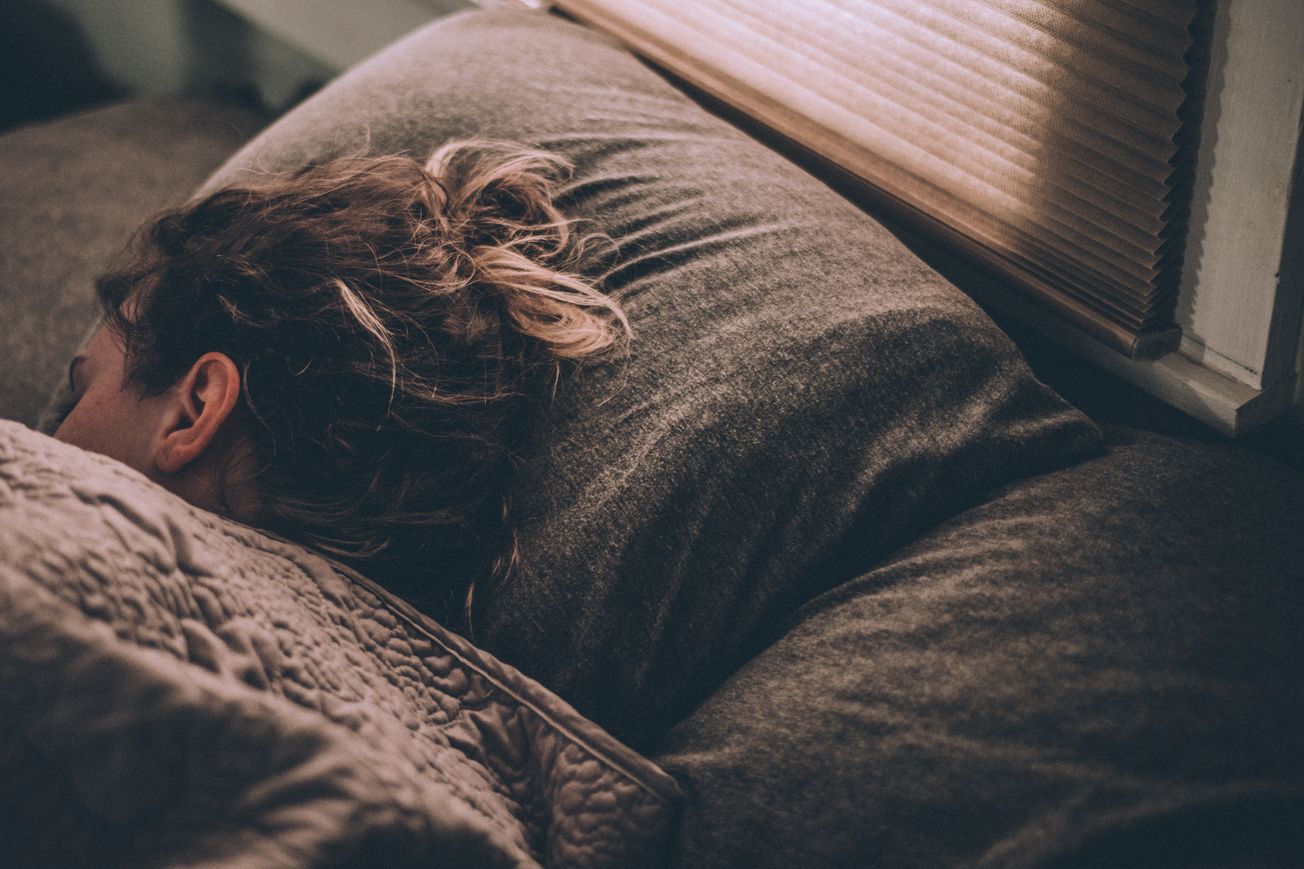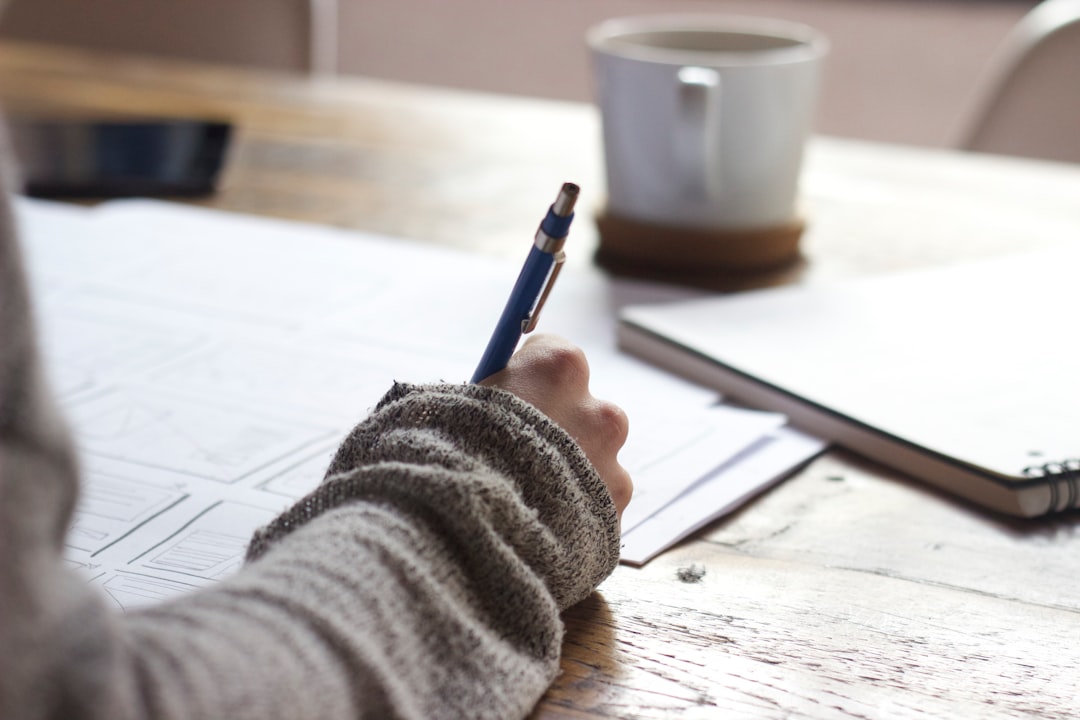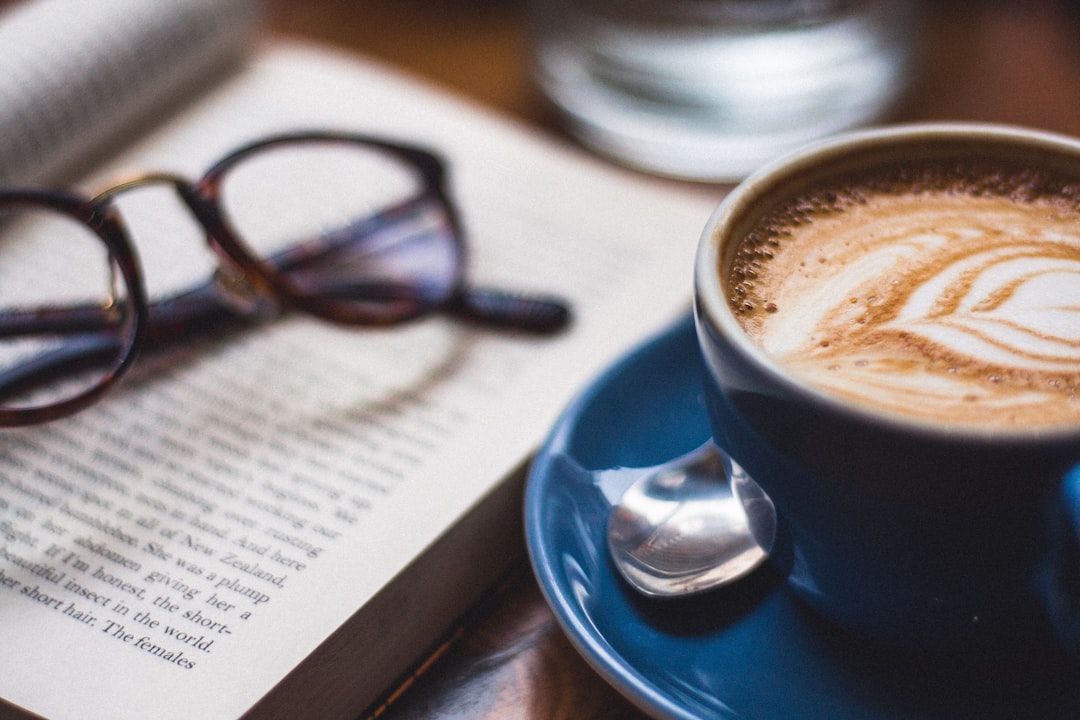By Isobel O'Loughlin, First Year Biology
Perhaps the most common excuse for unproductivity is a lack of energy. But what if you could use fluctuations in your energy levels to your advantage?
Throughout the day, the brain tires via two main mechanisms: homeostatic and circadian control. In homeostatic control, adenosine builds up during the day as ATP (the molecule that provides energy to cells) is used up. Adenosine causes tiredness and its levels are reduced by sleeping.
Photo by Green Chameleon / Unsplash
The other mechanism, circadian control, occurs by the complex interplay of many hormones (most notably cortisol and melatonin) over a roughly 24-hour period. Melatonin is secreted when it is time to sleep and cortisol is released at other times to counteract this and stay awake. This is just one aspect of your circadian rhythms, or ‘biological clock’, which keeps your bodily processes in tune with the time of day.
The combination of homeostatic and circadian control creates a regular pattern of reduced and increased alertness throughout the day. As alertness increases cognition, this causes a daily variation in the level of productivity.
As noted by Professor Russell Foster, fluctuations in energy and cognitive performance follow a general pattern in most people: an increase until midday, then a dip around 3pm, another peak around 6pm and a gradual decrease following that. However, he stresses that this is not the case for everyone as our natural chronotypes (inclinations to certain times of day) vary. This means that some people work best early in the morning and others late at night.
If you are unsure about your own chronotype, it can be useful to monitor daily fluctuations in your energy levels for a week. A greater understanding of your own circadian rhythm enables you to use it to your advantage. For example, coordinating more intellectually demanding work with your biological prime time- when you have the most focus and energy.
Additionally, knowing the time of day when you have the lowest energy levels means that you can work around it and increase your overall efficiency. According to Foster, most people experience an ‘afternoon slump’ – a dip in energy and focus around 3pm. This is the best time to schedule easier or more mundane tasks. Alternatively, there are things you could do to increase your energy that are particularly useful at this time.
Photo by Harry Brewer / Unsplash
One of the most effective ways to do this is by taking a 20-minute nap. This reduces the ‘sleep pressure’ caused by the build-up of adenosine and improves cognition. Increasingly, businesses are encouraging employees to take power naps to improve their efficiency. A well-publicised example of this is the introduction of nap pods into the Google offices. If sleeping is not an option, drinking tea or coffee (in moderation) can mimic its positive effects. This is because caffeine blocks adenosine receptors, so the signals are not sent to cause feelings of tiredness.
Breaks can also be coordinated with times of reduced energy. Many recent studies have highlighted the advantages of taking regular breaks. Some of the specific benefits found include restoring motivation, preventing decision fatigue and even memory consolidation. These all contribute to increasing your productivity. There is some debate about how often you should take breaks: advocates for the Pomodoro method suggest alternating 25-minute periods of work with 5-minute periods of rest, whereas a study from the University of Illinois found one break per hour to be the most effective. The best method is likely to be individual, so experiment with various frequencies (and lengths) of breaks to find what is most effective for you.
So, before you next put off your work from a lack of energy, consider the science behind it and try out some of these methods to improve your productivity.
Featured Image:Gregory Pappas/ Unsplash
What are your best study tips? Let us know your thoughts!











